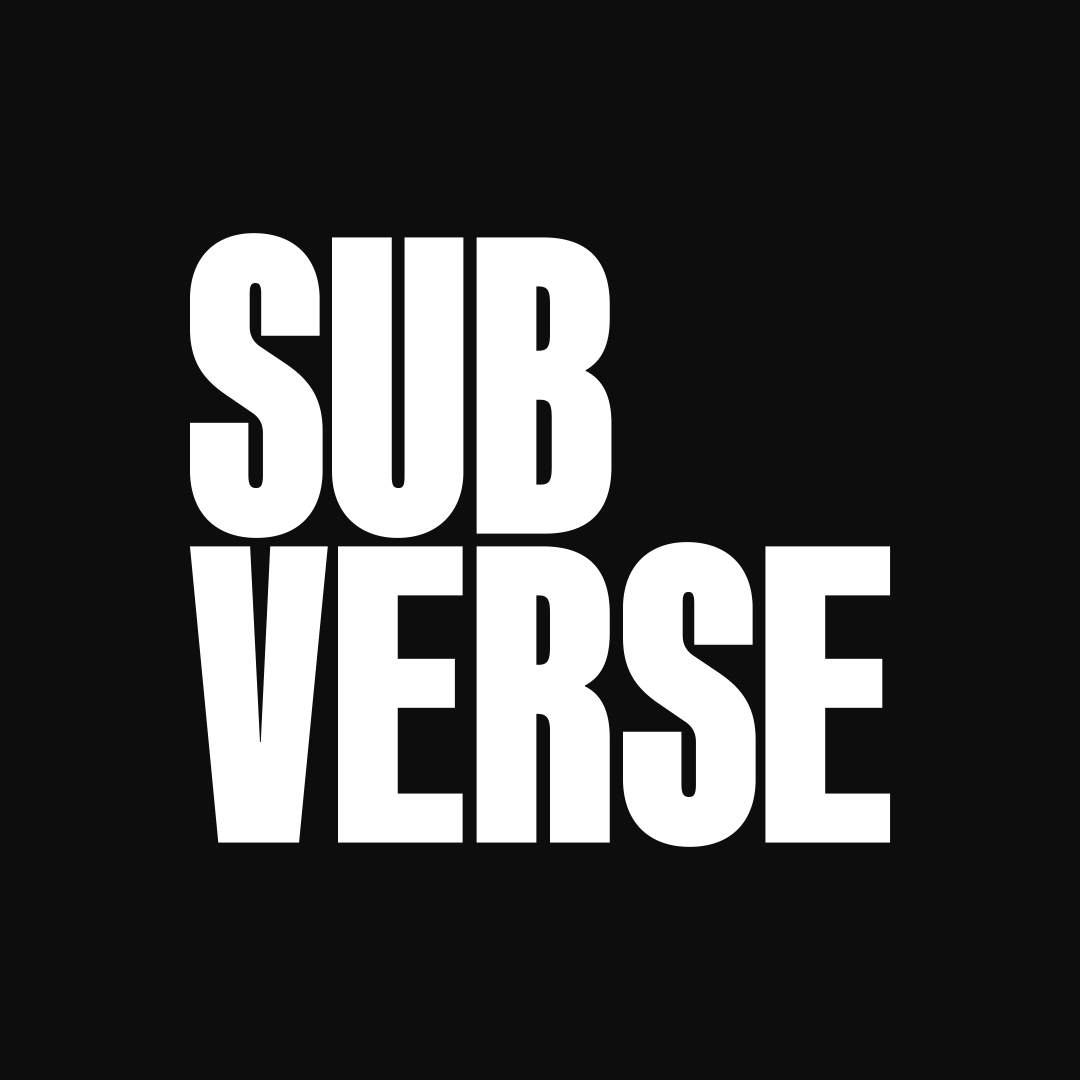In the bustling arena of modern branding, capturing and retaining audience attention is more challenging than ever. Amidst the sea of information and visual stimuli, the way a brand’s message is presented can make the difference between engagement and obscurity. This is where visual hierarchy steps in as a pivotal tool. Visual hierarchy refers to the arrangement of elements in a design to signify their importance, guiding the viewer’s eye through the content in a deliberate sequence. A well-structured visual hierarchy not only enhances readability but also fosters deeper user engagement and crafts a compelling brand narrative. As digital landscapes grow increasingly competitive, mastering visual hierarchy becomes essential for effective communication and brand differentiation.
Main Body
1. Understanding Visual Hierarchy
Visual hierarchy is the strategic arrangement of design elements to guide the viewer’s focus and convey the relative importance of each component. It serves as a roadmap, directing attention to key messages and ensuring that the audience absorbs information in the intended order. Key elements that influence visual hierarchy include:
- Size: Larger elements naturally draw more attention. Headlines, for example, are typically larger than body text to stand out.
- Color: Bright or contrasting colors can highlight important areas, while muted tones can recede into the background.
- Contrast: High contrast between elements (e.g., light text on a dark background) enhances visibility and emphasis.
- Typography: Variations in font type, weight, and style can differentiate information and create a rhythm in the design.
- Placement: Elements located at the top or center of a design often receive more attention than those placed elsewhere.
Understanding how these elements interact allows designers to create layouts that communicate effectively, ensuring that the most critical information captures immediate attention while secondary details support the overall message.
2. Importance of Visual Hierarchy in Branding
Visual hierarchy plays a crucial role in shaping perceptions, driving engagement, and ultimately influencing conversions. When applied thoughtfully, it reinforces a brand’s identity by creating a cohesive visual language that resonates with the audience. Here’s how:
- Perception: A clear hierarchy helps in establishing a brand’s professionalism and attention to detail, fostering trust and credibility among consumers.
- Engagement: By directing attention to key messages and calls to action, visual hierarchy enhances user interaction and keeps the audience engaged longer.
- Conversion: Effective hierarchy can lead users through a journey, subtly guiding them towards desired actions such as making a purchase or subscribing to a newsletter.
Moreover, a consistent visual hierarchy across various platforms strengthens brand recognition. When consumers encounter a familiar structure, it creates a sense of reliability and reinforces the brand’s values and message.
3. Key Questions and Misconceptions
- What is the difference between visual hierarchy and layout?While layout refers to the overall arrangement of elements on a page, visual hierarchy focuses on the prioritization and sequencing of those elements to guide the viewer’s attention. Layout is the foundation, whereas visual hierarchy is the strategy to enhance communication within that layout.
- Does visual hierarchy apply only to graphic design?No, visual hierarchy is integral to various forms of communication, including web design, advertising, print media, and even user interface design. It’s essential wherever visual elements are used to convey messages.
- How much hierarchy is too much?Overcomplicating visual hierarchy can lead to confusion and dilute the intended message. It’s important to strike a balance, ensuring that hierarchy serves clarity and purpose without overwhelming the viewer. Typically, maintaining a clear focal point with secondary elements supporting it works best.
4. Actionable Insights for Effective Branding
Implementing visual hierarchy in branding efforts requires deliberate strategies. Here are practical tips to enhance your brand messages:
- Utilize Size and Scale: Emphasize critical messages by making them larger than surrounding elements. For instance, headlines should stand out, while supplementary information remains smaller.
- Choose Color Schemes Wisely: Select colors that align with your brand identity and create the desired mood. Use contrasting colors to highlight calls to action or key information.
- Apply Typography Variations: Use different fonts, weights, and styles to establish a hierarchy within text. Bold or italicize important points to draw attention.
- Create Clear Focal Points: Design elements should guide the viewer’s eye towards primary messages. This can be achieved through strategic placement, contrast, and the use of visual anchors like images or icons.
- Maintain Consistency: A consistent approach to visual hierarchy across all brand materials ensures uniformity and strengthens brand recognition.
By incorporating these strategies, brands can craft messages that are not only visually appealing but also highly effective in communicating their core values and offerings.
5. Supporting Examples and Case Studies
Examining successful implementations of visual hierarchy provides valuable insights into its effectiveness:
- Case Study: Apple’s Advertising CampaignsApple consistently employs visual hierarchy to highlight product features and brand messaging. In their advertising, the product often takes center stage with minimalistic design elements. The use of ample whitespace, high-contrast images, and clear typography ensures that the focus remains on the product’s design and key features, reinforcing Apple’s brand identity of simplicity and innovation.
- Before-and-After: E-commerce Product PagesConsider an online retailer revamping their product pages. Initially, the page may be cluttered with excessive information, making it difficult for users to focus. By implementing visual hierarchy—using larger images for products, bold headings for key details, and strategically placed call-to-action buttons—the page becomes more navigable. This redesign can lead to increased user engagement and higher conversion rates.
- Statistics: Increased Engagement Through Hierarchical DesignResearch indicates that websites employing clear visual hierarchy experience a 30% increase in user engagement and a 25% boost in conversion rates. For example, a study by Nielsen Norman Group found that well-structured layouts significantly improve user satisfaction and task completion rates.
These examples illustrate how thoughtful application of visual hierarchy can transform brand communications, making them more effective and impactful.
6. Challenges and Solutions
Establishing an effective visual hierarchy isn’t without its hurdles. Common challenges include:
- Overcomplication: Introducing too many design elements can confuse the viewer and obscure the main message.
- Lack of Consistency: Inconsistent use of hierarchy across different platforms can weaken brand recognition.
- Balancing Creativity and Clarity: Striving for unique designs while maintaining clear communication can be a delicate balance.
To overcome these challenges, consider the following strategies:
- Simplify Design Elements: Focus on the essentials. Remove unnecessary components that do not contribute to the core message.
- Establish Design Guidelines: Create a style guide that outlines the principles of visual hierarchy for your brand. This ensures consistency across all materials.
- Conduct User Testing: Regularly test your designs with real users to gather feedback on the effectiveness of your visual hierarchy. Use this data to make informed adjustments.
- Seek Feedback: Collaborate with team members or stakeholders to gain diverse perspectives on your design, helping to identify areas for improvement.
By addressing these challenges proactively, brands can refine their visual hierarchy practices, resulting in clearer and more compelling communications.
Conclusion
Visual hierarchy stands as a foundational element in crafting powerful brand messages. By strategically organizing design elements, brands can enhance readability, foster engagement, and communicate their narratives more effectively. The principles of size, color, contrast, typography, and placement work in tandem to guide the viewer’s journey, ensuring that the most important messages receive the attention they deserve. As competition for audience attention intensifies in the digital age, mastering visual hierarchy is not just beneficial but essential for creating memorable and impactful brand communications. Brands are encouraged to apply these insights, experiment with different design strategies, and continuously refine their approach to achieve greater resonance with their target audience.

